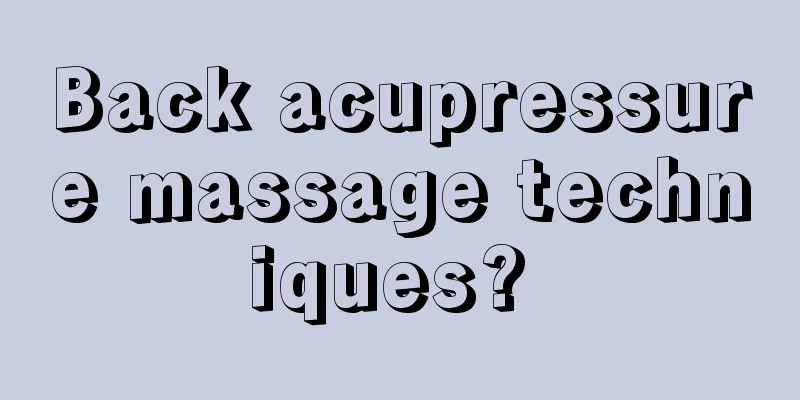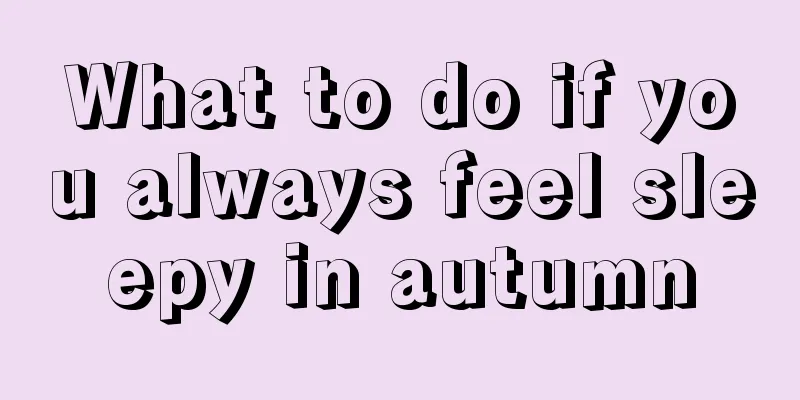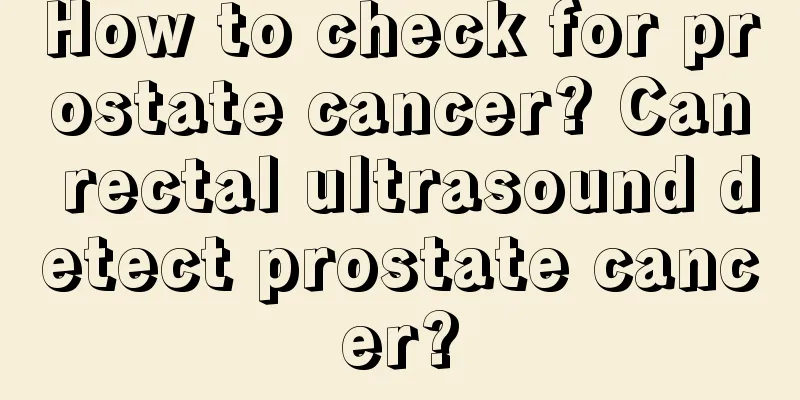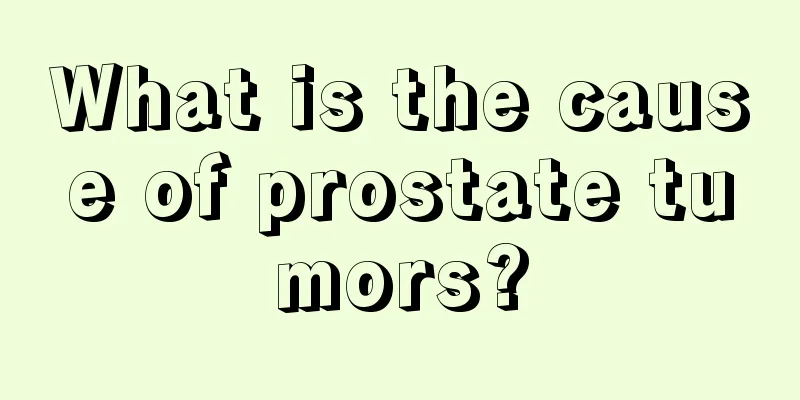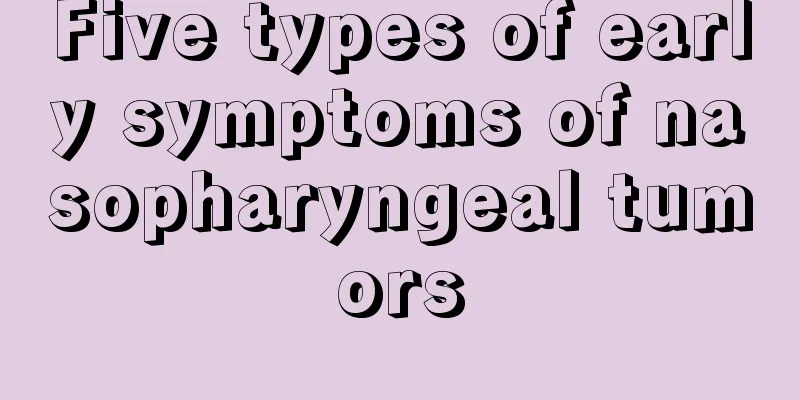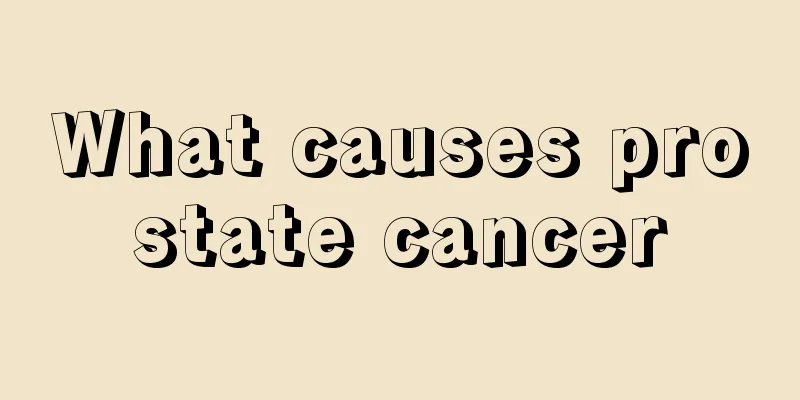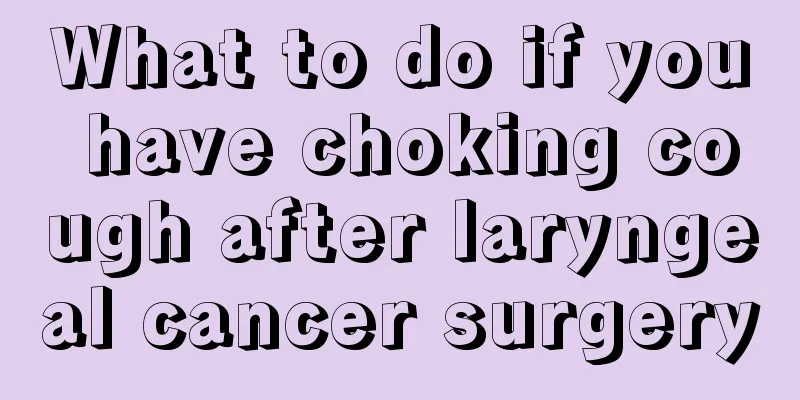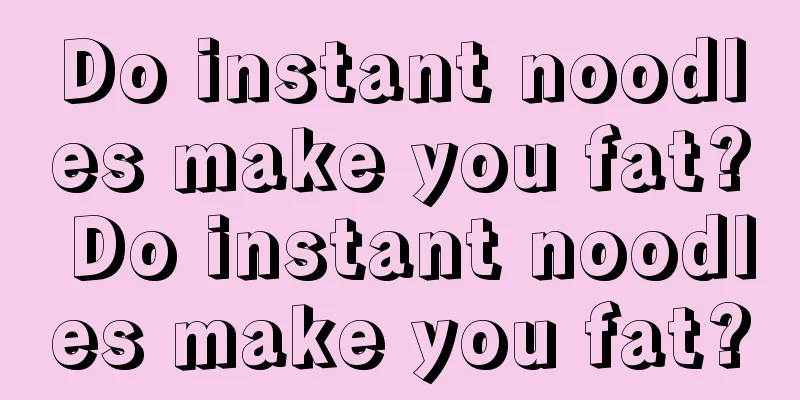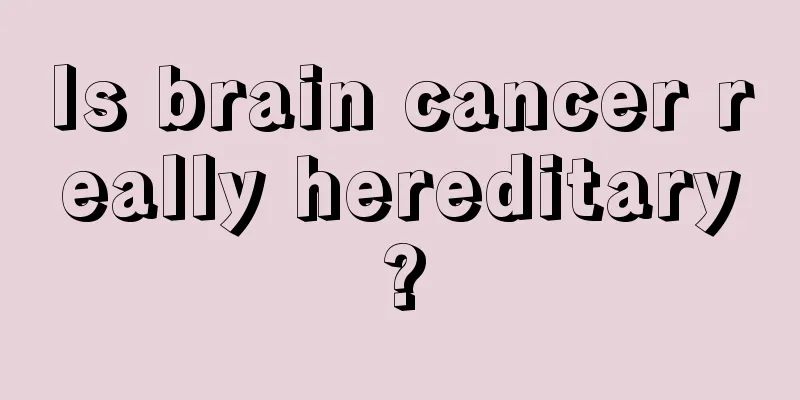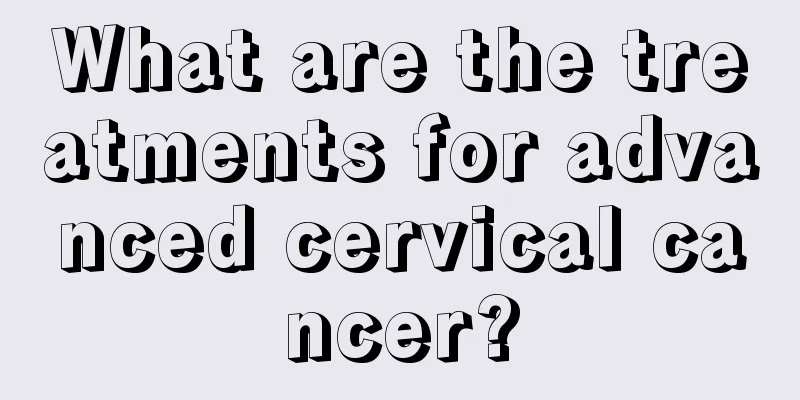Who is not suitable for traction for lumbar disc herniation
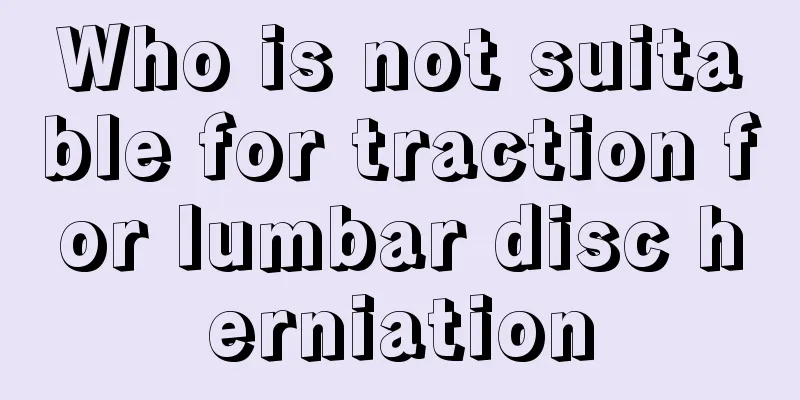
|
Most patients with lumbar disc herniation will be advised to undergo traction treatment when visiting the hospital. However, some patients are also told by doctors that they must not undergo traction treatment for lumbar disc herniation. This makes patients very confused. Who exactly should not undergo traction treatment for lumbar disc herniation? In fact, there are 5 types of people who should not do these things in daily life, and patients with lumbar disc herniation must know these things. 1. Patients with lumbar disc herniation and obvious systemic failure. Such as patients with cardiovascular system, respiratory system diseases, and poor heart function. 2. Patients with lumbar disc herniation who are older and have obvious osteoporosis. 3. Patients who have low back pain or sciatica symptoms, but the cause is tuberculosis or tumor, and have destructive changes in the lumbar spine. 4. Patients who are still in the acute phase after lumbar trauma. 5. Although traction treatment can be performed after a clear diagnosis, the symptoms are aggravated or the pain is severe due to traction. Principle of traction treatment for lumbar disc herniation: Traction therapy mainly utilizes the principle of action and reaction in mechanics. By pulling in opposite directions toward the head and tail sides of the human body, the intervertebral spaces of the lumbar vertebrae are opened, the internal pressure of the damaged intervertebral disc is reduced, and the bulging and protrusion are promoted to retract, and the protruded nucleus pulposus is returned to its original state, thus creating conditions for the repair and healing of the annulus fibrosus and the restoration of the internal and external balance of the spine, thus solving the lumbar problem from the root. Clinical effect of traction treatment on lumbar disc herniation symptoms: 1. Lumbar traction can reduce the protruding disc: traction increases the lumbar intervertebral space, creates negative pressure inside the disc, and tightens the posterior longitudinal ligament, which is beneficial to the reduction of the protruding nucleus pulposus and can relieve or eliminate the pressure and stimulation on the nerve roots. 2. Lumbar traction can distract the contracted ligaments, joint capsules and narrow intervertebral foramina on both sides, and also reduce the pressure and stimulation of these structures on the neural structures. 3. Lumbar traction can reduce neural edema: Traction allows the lumbar spine to get sufficient rest, reduces movement stimulation, helps reduce intraspinal pressure, and reduces neural edema. 4. Lumbar traction can relax the waist and back muscles: traction can gradually relax the waist and back muscles and relieve muscle spasms. |
<<: It turns out that there are four types of self-treatment for lumbar disc herniation
>>: It turns out that there are 9 symptoms of stomach problems
Recommend
What are the conventional methods of liver cancer care? There are 8 conventional methods of liver cancer care
1. Follow the general nursing routine of TCM inte...
How to use baby diapers
In modern life, people's material level has g...
How to prevent ovarian cancer in its early stages
With the progress of the times, people's livi...
Can toothpaste be used to wash hair?
Toothpaste is used in almost every aspect of our ...
How to wash off black sweat stains on clothes
With the arrival of summer, the temperature is ge...
What are the early symptoms of lung cancer bone metastasis? 4 early symptoms of lung cancer indicate bone metastasis
Speaking of cancer, I believe this is a topic tha...
What are the causes of tongue ulcers?
Tongue ulcers are the most common oral ulcer dise...
How to remove the shrimp thread from fresh shrimp
It is very disgusting if you find that you did no...
Why are there so many white spots on the goldfish?
Today's society is constantly developing, and...
The difference between waist and kidney
Back pain, lumbar muscle fatigue...these are all ...
What should I do if I get pinched by a crab and bleed?
Although crabs are very delicious creatures, they...
What are the clinical manifestations of laryngeal tumors?
Smoking, drinking, air pollution, viral infection...
How to wash ink off clothes faster
Washing clothes is something we all face every da...
Surgical treatment of pancreatic cancer
The main treatments for pancreatic cancer include...
Can I eat shredded squid if I have stomach acid? It turns out to be like this
Squid shreds are a specialty of the seaside. Many...
